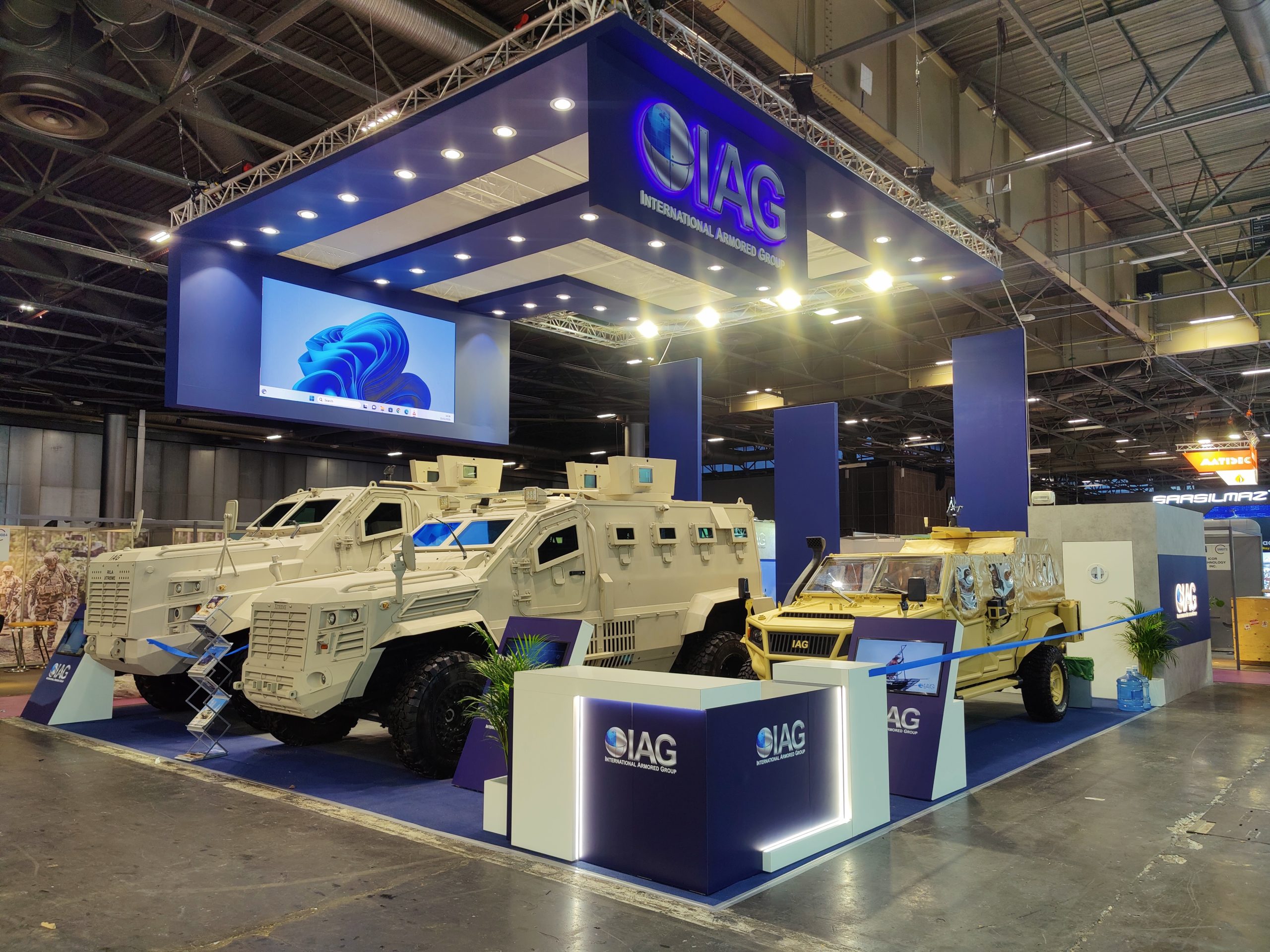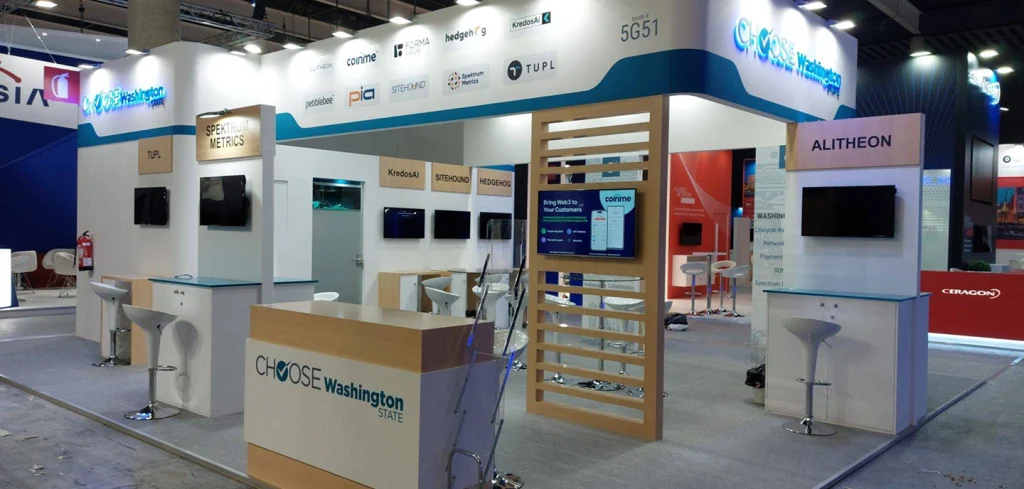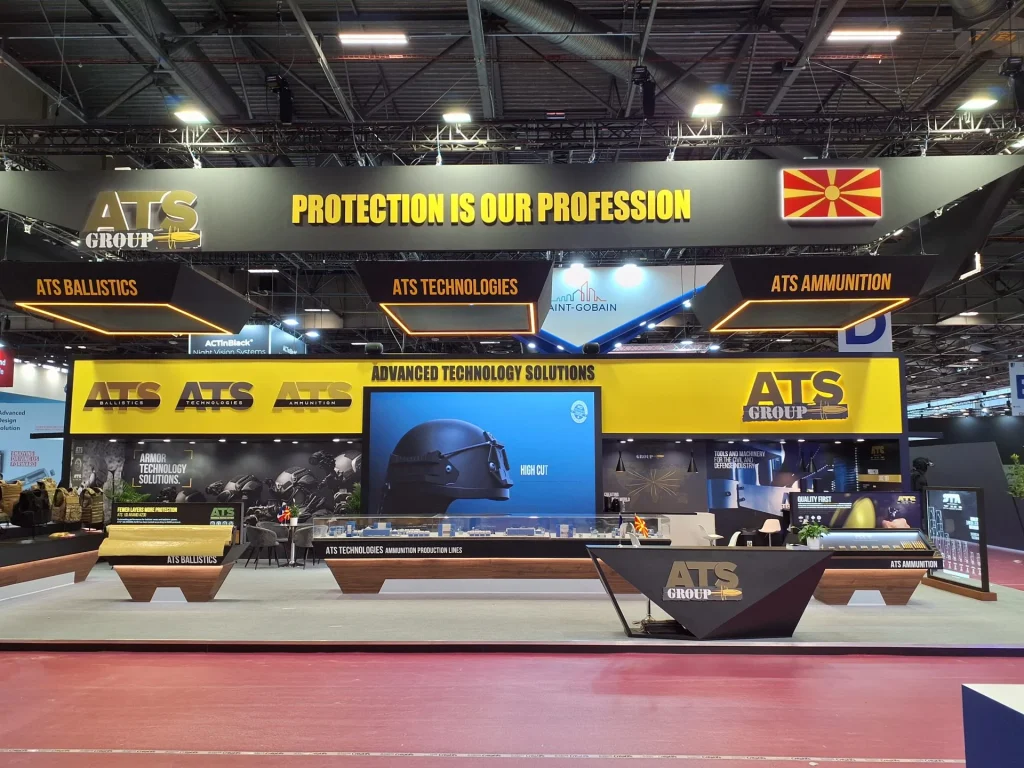
Introduction:
In today’s dynamic world of exhibitions and trade shows, businesses are constantly seeking innovative ways to capture the attention of attendees and leave a lasting impression. Beyond flashy displays and promotional materials, there’s a growing trend towards incorporating sensory experiences into trade show exhibit booth designs.
By engaging the senses of sight, sound, touch, smell, and taste, companies can create immersive environments that resonate deeply with visitors. In this blog, we’ll explore how businesses can harness the power of sustainable sensations to not only captivate audiences but also demonstrate their commitment to environmental responsibility.
Sight:
Visual appeal plays a crucial role in attracting attendees to a booth and conveying a brand’s identity. By utilizing sustainable materials and design elements, companies can create visually stunning displays that leave a positive impact while minimizing their environmental footprint.
From recycled cardboard structures to energy-efficient LED lighting, sustainable sight sensations can set a booth apart and communicate a brand’s eco-conscious ethos effectively.
Sound:
Sound has the ability to shape emotions and perceptions, making it a powerful tool for creating immersive experiences. Incorporating ambient sounds like nature-inspired melodies or live music performances can enhance the atmosphere within a booth, fostering a sense of relaxation and connection.
By opting for sustainable sound solutions such as acoustic panels made from recycled materials or supporting local musicians, businesses can elevate the auditory experience while aligning with their sustainability goals.
Touch:
Tactile interactions can deepen engagement and leave a lasting impression on visitors. Integrating sustainable materials like bamboo, cork, or organic textiles into booth furnishings invites attendees to explore and interact with the environment.
Interactive displays that encourage hands-on participation, such as product demonstrations or samples made from biodegradable materials, can further enhance the sensory experience while highlighting the company’s commitment to sustainability.
Smell:
The sense of smell is closely linked to memory and emotion, making it a valuable component of sensory experiences. By incorporating natural scents like essential oils or fresh botanicals, businesses can create inviting atmospheres that evoke positive associations.
Choosing eco-friendly fragrance options such as organic essential oils or natural soy candles reinforces a brand’s commitment to sustainability while enhancing the overall olfactory experience.
Taste:
While less commonly integrated into trade show exhibit booth designs, the sense of taste can provide a unique opportunity for engagement.
Offering sustainably sourced refreshments or samples of organic, locally sourced food and beverages not only delights the taste buds but also communicates a brand’s dedication to ethical sourcing and environmental stewardship.
Incorporating edible plants or herbs into booth decor adds a fresh, eco-friendly touch that resonates with visitors on a sensory level.
Conclusion:
Incorporating sensory experiences into trade show exhibit booth designs offers businesses a powerful way to engage audiences and differentiate themselves in a crowded marketplace. By weaving sustainability into these sensory sensations, companies can create memorable interactions that resonate deeply with visitors while showcasing their commitment to environmental responsibility.
Whether through visually captivating displays, soothing sounds, tactile interactions, aromatic scents, or delicious tastes, sustainable sensations have the potential to leave a lasting impression that extends far beyond the exhibition floor.


 Global
Global USA
USA

